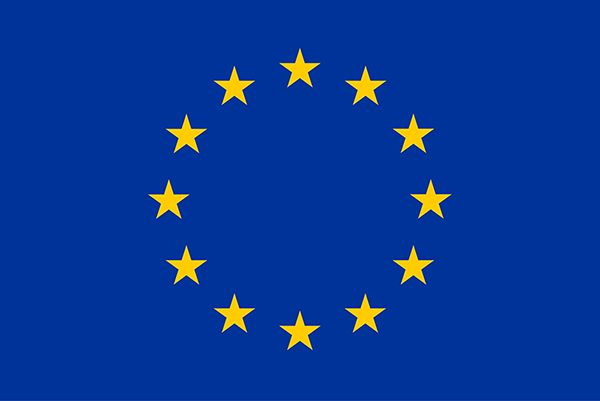The world is in an acute crisis. All the citizens on this planet are now fighting against coronavirus and no one can foresee when and how the disaster comes to the end. Yet, a large number of civic tech communities have collected data on their own and launched new websites and apps to map and visualise the coronavirus situation. Japan is no exception, where such communities are trying to collaborate with the central and local governments, but the ministries, whose disclosed data are pdf or xls format in this century, have been lagging behind e-government and are not well responding to the public demand at moment.
That reminds us of the 2011 Fukushima disaster. The government at the time was blamed for its slow and unresponsive management of the crisis, and the general public called for more openness and transparency in the security against unknown risks. It also reinvigorated civil society and citizen initiatives, leading citizens not only to challenge the incumbent power but also organize themselves in unprecedented ways.
Under the circumstances, it becomes much less important to say who are they and whether their activities can be called ‘citizen science’. They are not democratizing nor serving science, but simply tackling serious social issues in the face of the global catastrophe. The more (social) scientists are keen to define citizen science, the less citizens are willing to use the term and speak out for it. This is an activity by, with and for citizens, and it does not matter if it is called science as authentic scientists usually understand.
Science by, with and for citizens: rethinking ‘citizen science’ after the 2011 Fukushima disaster
Joke Kenens, Michiel Van Oudheusden, Go Yoshizawa & Ine Van Hoyweghen, Palgrave Communications 6:58.
[abstract]
This article illustrates how citizen-driven radiation monitoring has emerged in post-Fukushima Japan, where citizens generate their own radiation data and measurement devices to provide publics with actionable data about their environments. Drawing on ethnographic fieldwork in and around Fukushima Prefecture, it highlights the multifaceted character of these bottom-up, citizen-led efforts, contrasting these initiatives with the emergence of ‘citizen participatory’ science policy discourses in Japan. Recognizing the contested nature of citizenship in Japan and in the nuclear arena, the article considers how terms and definitions shape the participation of citizens and other stakeholders (local communities, public authorities, regulators, professional scientists) in science and technology in culturally and historically specific ways. It builds on these observations to open up new spaces of expertise which engage all stakeholders through social-scientific intervention.
